Accelerating Payment Reform Through Informed and Engaged Family Physicians
- June 20, 2017
- Posted by: Health Care Payment Learning & Action Network
- Category: Blog

The need for payment reform is critical, but the process is fraught with risk and confusion for physicians and medical practices. Increasingly recognized as foundational for a successful healthcare system, primary care must be supported through improved payments in visible, understandable and quickly generalizable ways. Family physicians are a cornerstone of primary care in this country. In rural areas where Medicare beneficiaries are likely a significant percentage of the medical practice demographic, the role of family physicians to provide the right care, in the right place, at the right time is paramount to a successful new healthcare delivery model. Ensuring that family physicians are well informed is necessary for them to embrace and be invested in new value-based payment (VBP) models.
The American Academy of Family Physicians (AAFP) represents over 129,000 members nationally. In 2015, the AAFP surveyed 5,000 members and the responses of 626 clinically active members were summarized. The good news is that team-based care is the norm for family physicians: 71 percent have incorporated either an advanced practice registered nurse or a physician assistant into the practice, 28 percent have a care coordinator, 40 percent are designated as a patient-centered medical home, and 38 percent are affiliated with accountable care organizations (ACOs). However, only 70 percent of these members are familiar with the concept of VBPs, and 12 percent are not at all familiar. Only 33 percent are actively pursuing some type of VBP model. The most common active model is pay-for-performance (P4P), but less than half of members have P4P programs in their market. Only 29 percent have per member per month (PMPM) programs, and shared savings models impact just 27 percent of these practices. Based on these responses, more work is needed to ready primary practices for this pivot to value-based payment.
Distribution of savings from VBP models is also crucial for eventual success, especially given the significant administrative processes associated with large organizations and ACOs. Twenty-six percent of family physicians are aware that value-based payments are received by the practice, yet these payments go to administration and are not targeted to the physicians.
Critical factors for success of VBP models are practice sustainability and clinical outcomes. Unfortunately, the sustainability of primary care practices is negatively impacted by the current longstanding fee-for-service payment models that weight heavily toward subspecialty care. Many new family physicians are moving between or seeking to be employed by existing practices rather than adopt the older model of starting their own practice, and many senior physicians are considering retirement rather than wait for a more appropriate VBP model to be fully implemented.
Significant barriers to the implementation of VBP models include lack of staff time, the cost of efficient health information technology (and the reality of little or no interoperability, making sharing critical patient information very difficult), and an unpredictable revenue stream. Physicians are not at all convinced that the performance measures by which they are evaluated result in improved patient outcomes, especially as evidence suggests otherwise for some cases; for example, monitoring hemoglobin A1C levels as an indicator for diabetes control rather than outcomes such as avoiding hypoglycemia or hospital admissions. There is also a real concern among primary care providers that VBP will further increase physician workload without providing patient benefit.
Emphasizing the value of primary care for our patients in the shift to true VBP models is an important focus of the Learning and Action Network (LAN) and partners such as the Centers for Medicare and Medicaid Services, and it is exciting that progress is being made in this area. The AAFP was invited to be a member of the Health Care Payment LAN Guiding Committee, as were several patient advocacy groups. Having these voices at the table provides a view from the trenches on how providers and patients see the transformation of paying for value. Two of the LAN’s white papers, the Alternative Payment Model Framework, and Accelerating and Aligning Primary Care Payment Models, help lay a foundation for a culture change that realigns payment to better reflect the increasingly appreciated value of primary care, especially in the context of patient-centered and team-based delivery models.
An important next step is to expand these discussions beyond boardrooms to include clear, consistent and regular bilateral communication with medical students and residents. Primary care practices, especially those in family medicine, as well as state chapters, must also be involved in these discussions. We must pursue the implementation of these value-based payment models in a manner that allows physicians to spend more time on patient care and less on administrative functions. These changes are aligned with what our patients are demanding as well. Now, we need to focus on how value is determined and tracked, how best to pay for this value, and how to make it not only easy, but exciting for practices to transform to meet the expectations of new delivery models, as these kinds of changes will have far-reaching impacts for health and healthcare.

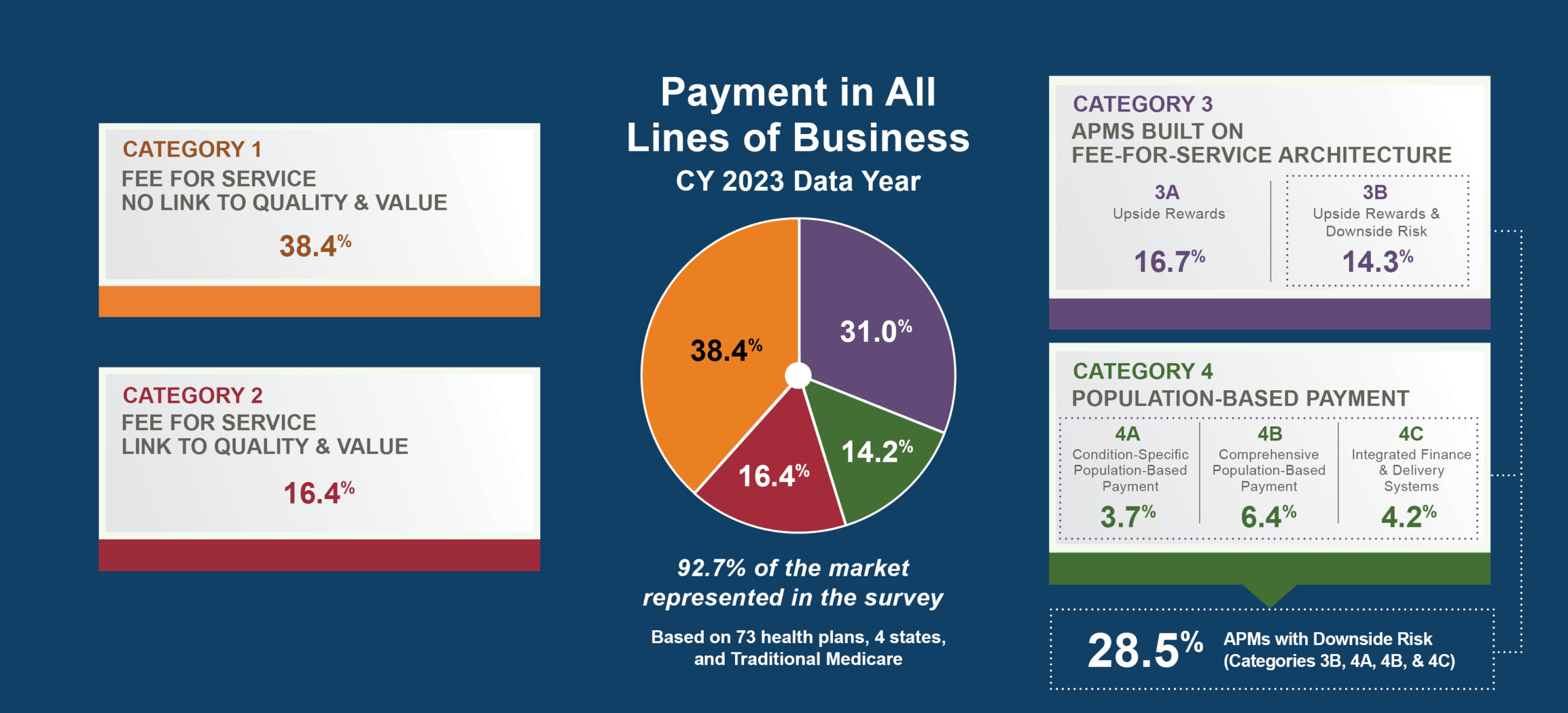

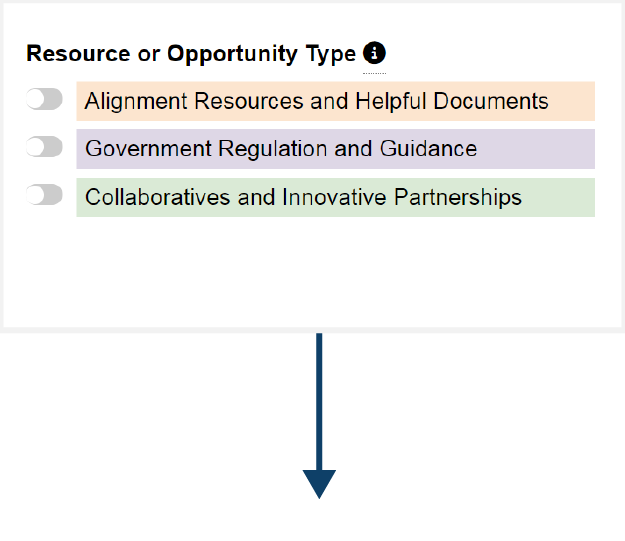
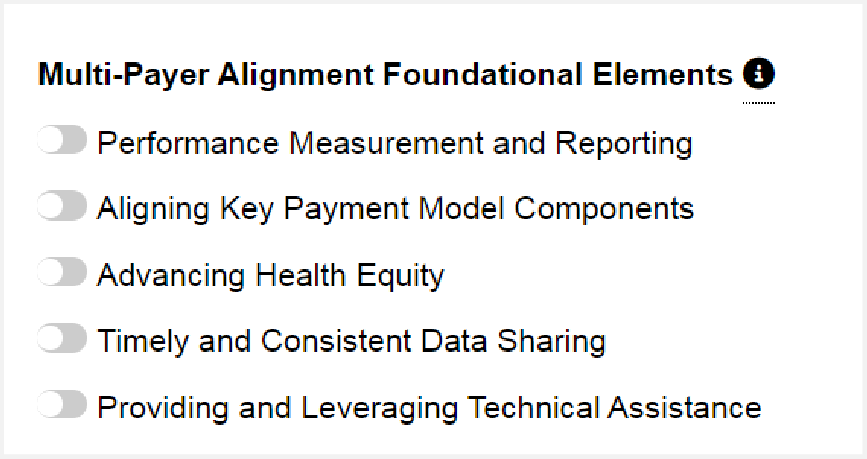




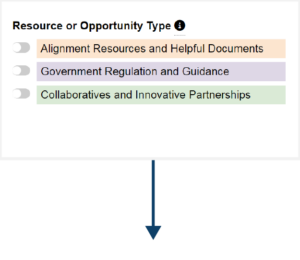

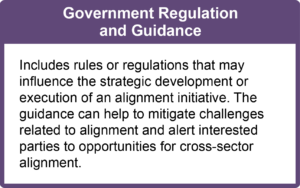
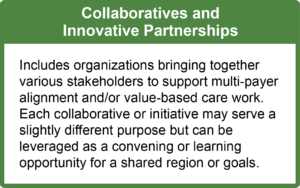
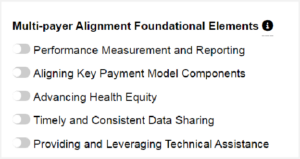




 Emily DuHamel Brower, M.B.A., is senior vice president of clinical integration and physician services for Trinity Health. Emphasizing clinical integration and payment model transformation, Ms. Brower provides strategic direction related to the evolving accountable healthcare environment with strong results. Her team is currently accountable for $10.4B of medical expense for 1.6M lives in Medicare Accountable Care Organizations (ACOs), Medicare Advantage, and Medicaid and Commercial Alternative Payment Models.
Emily DuHamel Brower, M.B.A., is senior vice president of clinical integration and physician services for Trinity Health. Emphasizing clinical integration and payment model transformation, Ms. Brower provides strategic direction related to the evolving accountable healthcare environment with strong results. Her team is currently accountable for $10.4B of medical expense for 1.6M lives in Medicare Accountable Care Organizations (ACOs), Medicare Advantage, and Medicaid and Commercial Alternative Payment Models. Mr. James Sinkoff is the Deputy Executive Officer and Chief Financial Officer for Sun River Health (formerly known as Hudson River HealthCare), and the Chief Executive Officer of Solutions 4 Community Health (S4CH); an MSO serving FQHCs and private physician practices.
Mr. James Sinkoff is the Deputy Executive Officer and Chief Financial Officer for Sun River Health (formerly known as Hudson River HealthCare), and the Chief Executive Officer of Solutions 4 Community Health (S4CH); an MSO serving FQHCs and private physician practices. Victor is the Chief Medical Officer for TennCare, Tennessee’s Medicaid Agency. At TennCare, Victor leads the medical office to ensure quality and effective delivery of medical, pharmacy, and dental services to its members. He also leads TennCare’s opioid epidemic strategy, social determinants of health, and practice transformation initiatives across the agency. Prior to joining TennCare, Victor worked at Evolent Health supporting value-based population health care delivery. In 2013, Victor served as a White House Fellow to the Secretary of Health and Human Services. Victor completed his Internal Medicine Residency at Emory University still practices clinically as an internist in the Veteran’s Affairs Health System.
Victor is the Chief Medical Officer for TennCare, Tennessee’s Medicaid Agency. At TennCare, Victor leads the medical office to ensure quality and effective delivery of medical, pharmacy, and dental services to its members. He also leads TennCare’s opioid epidemic strategy, social determinants of health, and practice transformation initiatives across the agency. Prior to joining TennCare, Victor worked at Evolent Health supporting value-based population health care delivery. In 2013, Victor served as a White House Fellow to the Secretary of Health and Human Services. Victor completed his Internal Medicine Residency at Emory University still practices clinically as an internist in the Veteran’s Affairs Health System. Dr. Brandon G. Wilson, DrPH, MHA (he, him, his) joined Community Catalyst as the Director of the Center for Consumer Engagement in Health Innovation, where he leads the Center in bringing the community’s experience to the forefront of health systems transformation and health reform efforts, in order to deliver better care, better value and better health for every community, particularly vulnerable and historically underserved populations. The Center works directly with community advocates around the country to increase the skills and power they have to establish an effective voice at all levels of the health care system. The Center collaborates with innovative health plans, hospitals and providers to incorporate communities and their lived experience into the design of systems of care. The Center also works with state and federal policymakers to spur change that makes the health system more responsive to communities. And it provides consulting services to health plans, provider groups and other health care organizations to help them create meaningful structures for engagement with their communities.
Dr. Brandon G. Wilson, DrPH, MHA (he, him, his) joined Community Catalyst as the Director of the Center for Consumer Engagement in Health Innovation, where he leads the Center in bringing the community’s experience to the forefront of health systems transformation and health reform efforts, in order to deliver better care, better value and better health for every community, particularly vulnerable and historically underserved populations. The Center works directly with community advocates around the country to increase the skills and power they have to establish an effective voice at all levels of the health care system. The Center collaborates with innovative health plans, hospitals and providers to incorporate communities and their lived experience into the design of systems of care. The Center also works with state and federal policymakers to spur change that makes the health system more responsive to communities. And it provides consulting services to health plans, provider groups and other health care organizations to help them create meaningful structures for engagement with their communities. Tamara Ward is the SVP of Insurance Business Operations at Oscar Health, where she leads the National Network Contracting Strategy and Market Expansion & Readiness. Prior to Oscar she served as VP of Managed Care & Network Operations at TriHealth in Southwest Ohio. With over 15 years of progressive health care experience, she has been instrumental driving collaborative payer provider strategies, improving insurance operations, and building high value networks through her various roles with UHC and other large provider health systems. Her breadth and depth of experience and interest-based approach has allowed her to have success solving some of the most complex issues our industry faces today. Tam is passionate about driving change for marginalized communities, developing Oscar’s Culturally Competent Care Program- reducing healthcare disparities and improving access for the underserved population. Tamara holds a B.A. from the University of Cincinnati’s and M.B.A from Miami University.
Tamara Ward is the SVP of Insurance Business Operations at Oscar Health, where she leads the National Network Contracting Strategy and Market Expansion & Readiness. Prior to Oscar she served as VP of Managed Care & Network Operations at TriHealth in Southwest Ohio. With over 15 years of progressive health care experience, she has been instrumental driving collaborative payer provider strategies, improving insurance operations, and building high value networks through her various roles with UHC and other large provider health systems. Her breadth and depth of experience and interest-based approach has allowed her to have success solving some of the most complex issues our industry faces today. Tam is passionate about driving change for marginalized communities, developing Oscar’s Culturally Competent Care Program- reducing healthcare disparities and improving access for the underserved population. Tamara holds a B.A. from the University of Cincinnati’s and M.B.A from Miami University.


 Dr. Peter Walsh joined the Colorado Department of Health Care Policy and Financing as the Chief Medical Officer on December 1, 2020. Prior to joining HCPF, Dr. Walsh served as a Hospital Field Representative/Surveyor at the Joint Commission, headquartered in Oakbrook Terrace, Illinois.
Dr. Peter Walsh joined the Colorado Department of Health Care Policy and Financing as the Chief Medical Officer on December 1, 2020. Prior to joining HCPF, Dr. Walsh served as a Hospital Field Representative/Surveyor at the Joint Commission, headquartered in Oakbrook Terrace, Illinois.








